How to Remove the 'Read Only' Status on MS Word Documents
Method 1 of 4:
Disabling Protected View for Online Files
-
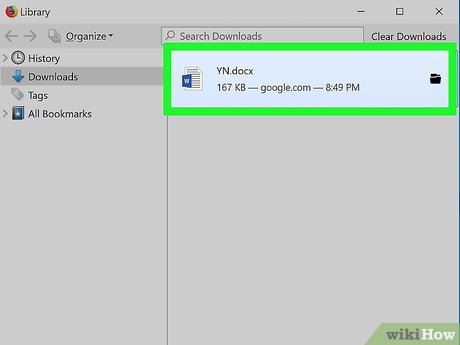 Understand which documents are likely to be protected. Any Microsoft Word document which you download from the Internet (e.g., an email attachment or a file from a website) will have read-only protection assigned to it whenever you open it. You can disable this protection when first opening the document.
Understand which documents are likely to be protected. Any Microsoft Word document which you download from the Internet (e.g., an email attachment or a file from a website) will have read-only protection assigned to it whenever you open it. You can disable this protection when first opening the document. -
 Open the Word document. Double-click the Word document for which you want to remove the read-only protection.
Open the Word document. Double-click the Word document for which you want to remove the read-only protection.- If the Word document is currently open, close it and re-open it.
-
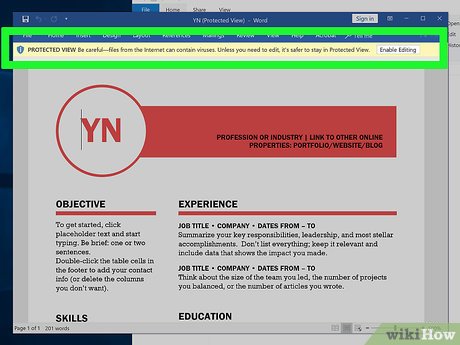 Look for a pale yellow banner. If you see a yellow banner with the phrase "Files from the Internet can contain viruses" written across the top of the Word document, your document qualifies to have its read-only status removed using this method.
Look for a pale yellow banner. If you see a yellow banner with the phrase "Files from the Internet can contain viruses" written across the top of the Word document, your document qualifies to have its read-only status removed using this method.- If you don't see this banner even after closing and re-opening the Word document, try one of the other methods in this article.
-
 Click Enable Editing. This button should be on the right side of the banner. Doing so will refresh the Word document and remove the read-only protection. You should now be able to edit the document.
Click Enable Editing. This button should be on the right side of the banner. Doing so will refresh the Word document and remove the read-only protection. You should now be able to edit the document.
Method 2 of 4:
Disabling Protected View for Password-Protected Files
-
 Open the Word document. Double-click the Word document from which you want to remove the protection. It will open in Word.
Open the Word document. Double-click the Word document from which you want to remove the protection. It will open in Word. -
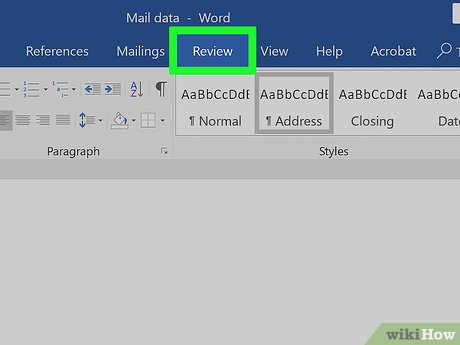 Click the Review tab. This tab is in the upper-right corner of the Word window. Doing so opens the Review toolbar at the top of the Word window.
Click the Review tab. This tab is in the upper-right corner of the Word window. Doing so opens the Review toolbar at the top of the Word window. -
 Click Restrict Editing. You'll find this option on the far-right side of the Review toolbar. Clicking it prompts a pop-out menu to appear on the right side of the window.
Click Restrict Editing. You'll find this option on the far-right side of the Review toolbar. Clicking it prompts a pop-out menu to appear on the right side of the window. -
 Click Stop Protection. It's at the bottom of the pop-out menu. You should see a pop-up window appear at this point.
Click Stop Protection. It's at the bottom of the pop-out menu. You should see a pop-up window appear at this point.- If you or another user on your computer's account created the protection without a password, clicking Stop Protection will automatically remove the protection.
-
 Enter the password when prompted. Type the document's password into the "Password" text box, then click OK. This will immediately remove the Word document's read-only lock if the password is correct.
Enter the password when prompted. Type the document's password into the "Password" text box, then click OK. This will immediately remove the Word document's read-only lock if the password is correct.- If you don't know the password, you'll have to copy and paste the file's contents instead.
-
 Save your changes. Press Ctrl+S (Windows) or ⌘ Command+S (Mac) to do so. From now on, the file won't be read-only protected unless you re-enable editing protection.
Save your changes. Press Ctrl+S (Windows) or ⌘ Command+S (Mac) to do so. From now on, the file won't be read-only protected unless you re-enable editing protection.
Method 3 of 4:
Changing the File's Properties
-
 Go to the Word document. Find the folder in which the Word document is stored.
Go to the Word document. Find the folder in which the Word document is stored.- If the file isn't actually on your computer (e.g., it's on a flash drive or a CD), move the file onto your computer before proceeding.
-
 Open the Word file's properties. This will vary depending on your computer's operating system:
Open the Word file's properties. This will vary depending on your computer's operating system:- Windows — Click once the Word file, right-click the Word file, and click Properties in the drop-down menu.
- Mac — Click the Word file, click the File menu item in the top-left side of your Mac's screen, and click Get Info.
-
 Find the "Permissions" section. On a Windows computer, you'll find the proper options in the "Attributes" section near the bottom of the Properties window.
Find the "Permissions" section. On a Windows computer, you'll find the proper options in the "Attributes" section near the bottom of the Properties window.- On a Mac, you'll have to click the Sharing & Permissions heading near the bottom of the window.
-
 Disable the read-only protection. Again, this process will differ depending on whether you're using Windows or a Mac:
Disable the read-only protection. Again, this process will differ depending on whether you're using Windows or a Mac:- Windows — Uncheck the "Read-only" box near the bottom of the window, click Apply, and click OK.
- Mac — Click the Read option to the right of your name, then click Read & Write in the menu which appears.
- You may first have to click the lock in the bottom-left corner of the Get Info window and then enter your Mac's password before you can do this.
- If this option is greyed out, unchecked, or otherwise not set to "Read-only", you'll have to try copying and pasting instead.
-
 Try to edit the file. Open the Word document by double-clicking it, then try to edit it. Keep in mind that you may first have to remove the online read-only lock before doing so.
Try to edit the file. Open the Word document by double-clicking it, then try to edit it. Keep in mind that you may first have to remove the online read-only lock before doing so.
Method 4 of 4:
Copying and Pasting
-
 Understand how this works. If your primary goal is to edit the Word document, you can copy the Word document's text and paste it into a new Word document and then save the new document onto your computer. While doing this won't remove the read-only protection from the original document, it will create an editable copy.
Understand how this works. If your primary goal is to edit the Word document, you can copy the Word document's text and paste it into a new Word document and then save the new document onto your computer. While doing this won't remove the read-only protection from the original document, it will create an editable copy. -
 Open the protected Word document. Double-click the Word document to do so.
Open the protected Word document. Double-click the Word document to do so. -
 Click anywhere on the document. This will place your mouse cursor on the document's page.
Click anywhere on the document. This will place your mouse cursor on the document's page. -
 Select the whole document. Press either Ctrl+A (Windows) or ⌘ Command+A (Mac) to do so. You should see the entire document become highlighted.
Select the whole document. Press either Ctrl+A (Windows) or ⌘ Command+A (Mac) to do so. You should see the entire document become highlighted. -
 Copy the selected text. Press either Ctrl+C (Windows) or ⌘ Command+C (Mac). This will copy the document's text to your computer's clipboard.
Copy the selected text. Press either Ctrl+C (Windows) or ⌘ Command+C (Mac). This will copy the document's text to your computer's clipboard. -
 Open a new Word document. Click File in the upper-left side of the Word window, click New on the left side of the window, and click Blank document to open a blank Word document.
Open a new Word document. Click File in the upper-left side of the Word window, click New on the left side of the window, and click Blank document to open a blank Word document.- On a Mac, click the File menu item, then click New Blank Document at the top of the drop-down menu.
-
 Paste in the copied text. Press either Ctrl+V (Windows) or ⌘ Command+V (Mac) to paste the locked Word document's text into the blank document.
Paste in the copied text. Press either Ctrl+V (Windows) or ⌘ Command+V (Mac) to paste the locked Word document's text into the blank document.- This may take a few seconds if the original document was particularly large or contained images.
-
 Save the document as a new file. Press Ctrl+S (Windows) or ⌘ Command+S (Mac), then enter your document's name and click Save. You'll be able to edit the document you just created like usual.
Save the document as a new file. Press Ctrl+S (Windows) or ⌘ Command+S (Mac), then enter your document's name and click Save. You'll be able to edit the document you just created like usual.
4.1 ★ | 7 Vote
You should read it
- How to Convert a Doc File to a Docx File
- How to Reduce a Microsoft Word File Size
- How to Convert an RTF File into MS Word Document
- How to Corrupt a Word File
- How to Save a Microsoft Word Document
- Error correction 'The document is locked for editing by another user' when opening a Word document
- How to Convert Html to Word
- How to convert DAT file into a Word document
May be interested
- How to remove personal information from a Word document
 microsoft word stores additional information such as name, file history, comments, and even where the document is saved. to ensure that personal information in word documents is not exposed, follow the instructions below.
microsoft word stores additional information such as name, file history, comments, and even where the document is saved. to ensure that personal information in word documents is not exposed, follow the instructions below. - How to print documents, print files Word 2013, 2016, 2010, 2007, 2003
 print documents, print word documents or print word files quite easily with simple operations. if you don't know how to print word documents, check out this tutorial, for all word versions from 2003 to 2016.
print documents, print word documents or print word files quite easily with simple operations. if you don't know how to print word documents, check out this tutorial, for all word versions from 2003 to 2016. - How to remove all Hyperlink links in Word
 how to remove all hyperlinks in word - if you remove hyperlinks one by one, it will take a lot of time, instead of removing all hyperlinks in word documents with the following ways.
how to remove all hyperlinks in word - if you remove hyperlinks one by one, it will take a lot of time, instead of removing all hyperlinks in word documents with the following ways. - How to insert, delete watermark in Word documents
 to insert or remove watermark on a word document, we can immediately use the built-in feature in this editor, with 2 different watermark inserts in the content.
to insert or remove watermark on a word document, we can immediately use the built-in feature in this editor, with 2 different watermark inserts in the content. - How to align beautiful Word documents
 how to align beautiful word documents. in order to prepare documents in word, most of you have learned in basic computer programs. but to align word documents beautifully, properly, then many new acquaintances will have many difficulties.
how to align beautiful word documents. in order to prepare documents in word, most of you have learned in basic computer programs. but to align word documents beautifully, properly, then many new acquaintances will have many difficulties. - Word 2013 Complete Guide (Part 3): How to store and share documents
 when creating a new document in word, you'll need to know how to save the document to be accessible and edited later. as with previous versions of word, you can easily save files on your computer
when creating a new document in word, you'll need to know how to save the document to be accessible and edited later. as with previous versions of word, you can easily save files on your computer - MS Word - Lesson 2: Working with Documents
 there are several ways to create new documents, open existing documents, or save documents in word 2007. here are detailed instructions for you.
there are several ways to create new documents, open existing documents, or save documents in word 2007. here are detailed instructions for you. - How to use Hidden Text in a Word document
 word allows you to hide paragraphs of text, so you can read or print your documents as if the text is not there. that's because hidden text has some interesting uses.
word allows you to hide paragraphs of text, so you can read or print your documents as if the text is not there. that's because hidden text has some interesting uses. - How to handle opened Word documents with font errors
 you download a word file on the internet, but when you open the word file on your computer, you have a font error and cannot read the text in the file. here are two ways to handle when opening word documents with font errors, unreadable text that you can refer to and perform
you download a word file on the internet, but when you open the word file on your computer, you have a font error and cannot read the text in the file. here are two ways to handle when opening word documents with font errors, unreadable text that you can refer to and perform - Basic tasks in Word 2013
 word 2013 is a word processing application that allows you to create a variety of documents including letters, flyers, reports and many other document documents.
word 2013 is a word processing application that allows you to create a variety of documents including letters, flyers, reports and many other document documents.
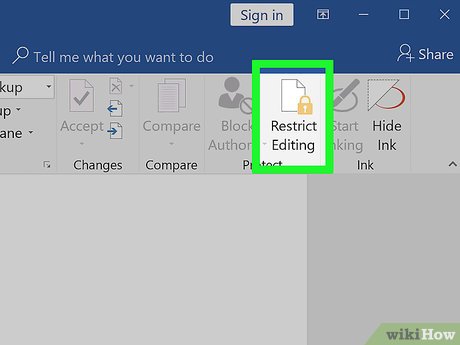
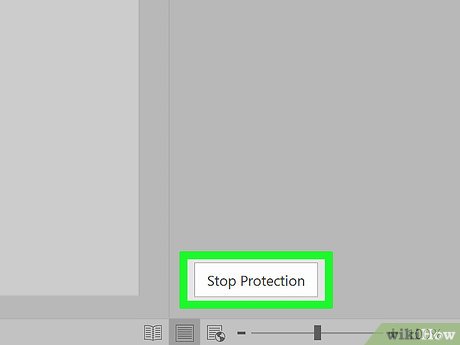
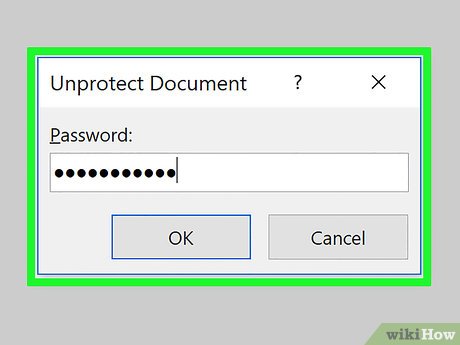
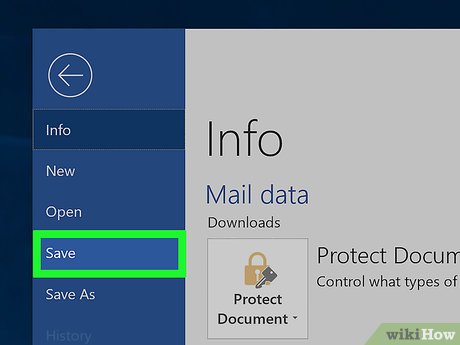
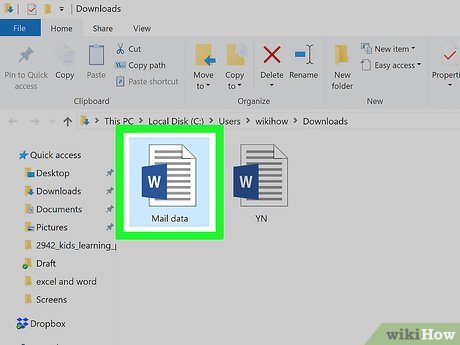

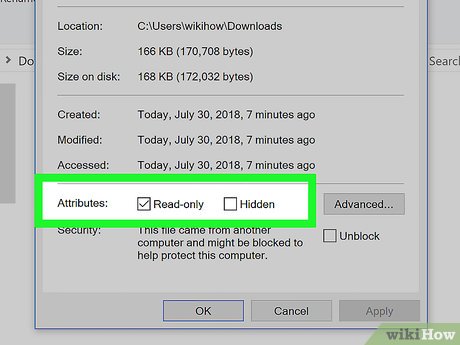
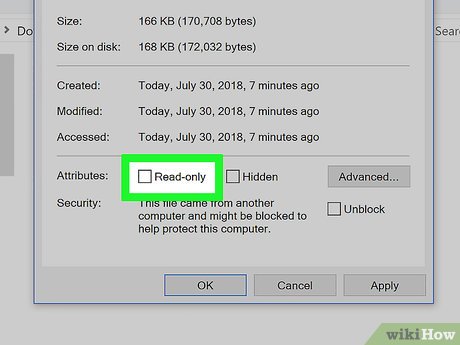
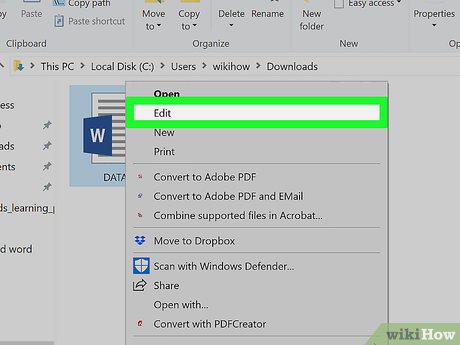
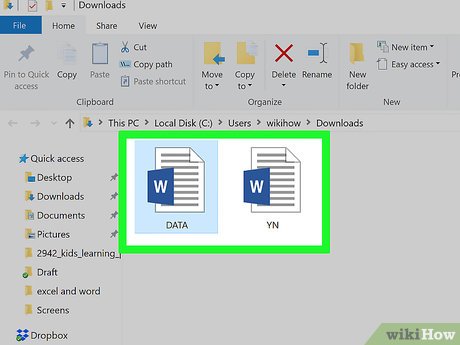
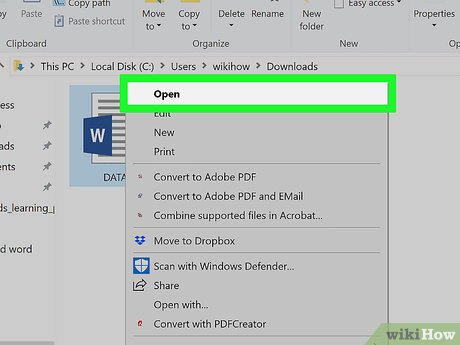
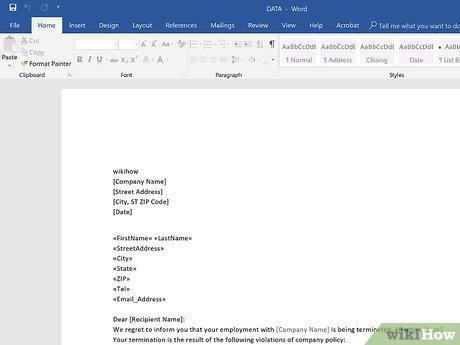
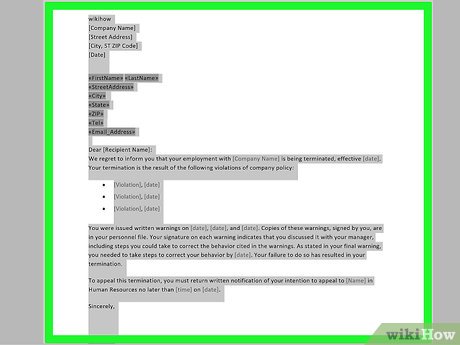
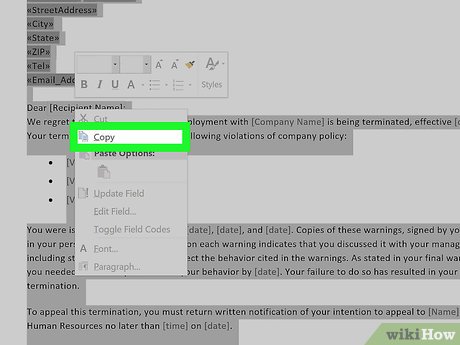
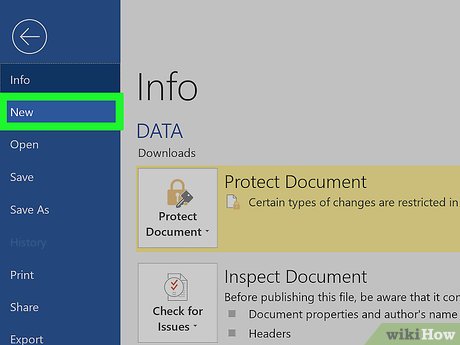
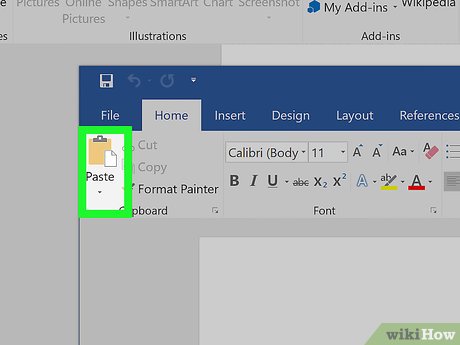
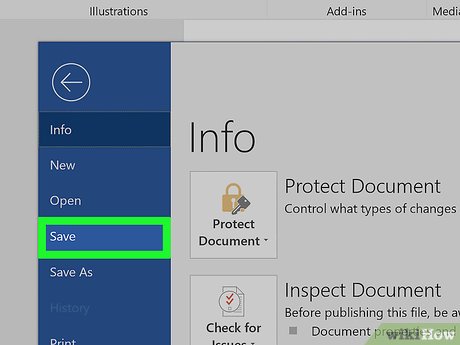










 How to Convert a JPEG Image Into an Editable Word Document
How to Convert a JPEG Image Into an Editable Word Document How to Add Backgrounds in Word
How to Add Backgrounds in Word How to Create an Index in Word
How to Create an Index in Word How to Make Two Columns in Word
How to Make Two Columns in Word How to Change the Orientation of Text in Microsoft Word
How to Change the Orientation of Text in Microsoft Word How to Turn a Scanned Document Into Microsoft Word Document
How to Turn a Scanned Document Into Microsoft Word Document